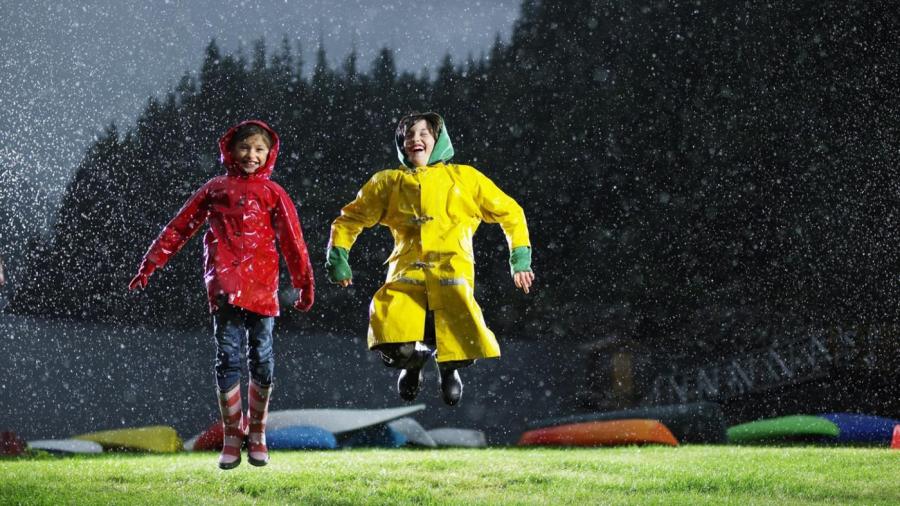What Causes Rain to Fall?

Rain falls when atmospheric water vapor falls under gravity. In other words, when the water vapor in the atmosphere becomes too heavy, rain falls.
Rain is responsible for most of the fresh water on Earth and it is essential to life. It is part of the water cycle, the continuous movement of water between the Earth and the atmosphere.
In the water cycle, water is evaporated and transpired into the atmosphere. There it is condensed, where it falls as rain, or in the colder months, sleet or snow. The runoff and ground water is evaporated and the cycle begins again. Earth as a whole experiences precipitation and evaporation levels that are almost exactly the same.
The driest place on Earth is the Atacama Desert in Chile. Parts of this desert have not had rain in 400 years and the average rainfall in the entire desert is .004 inches per year. The wettest place in the world is Mawsynram in India. Mawsynram receives an average of 467 inches of rain every year.
There are three types of rain: convective, orographic and frontal. Convective rain is produced by convective clouds. Orographic rain occurs from clouds produced from the topography of the land. Frontal rain is the most common and occurs when two air masses meet.





